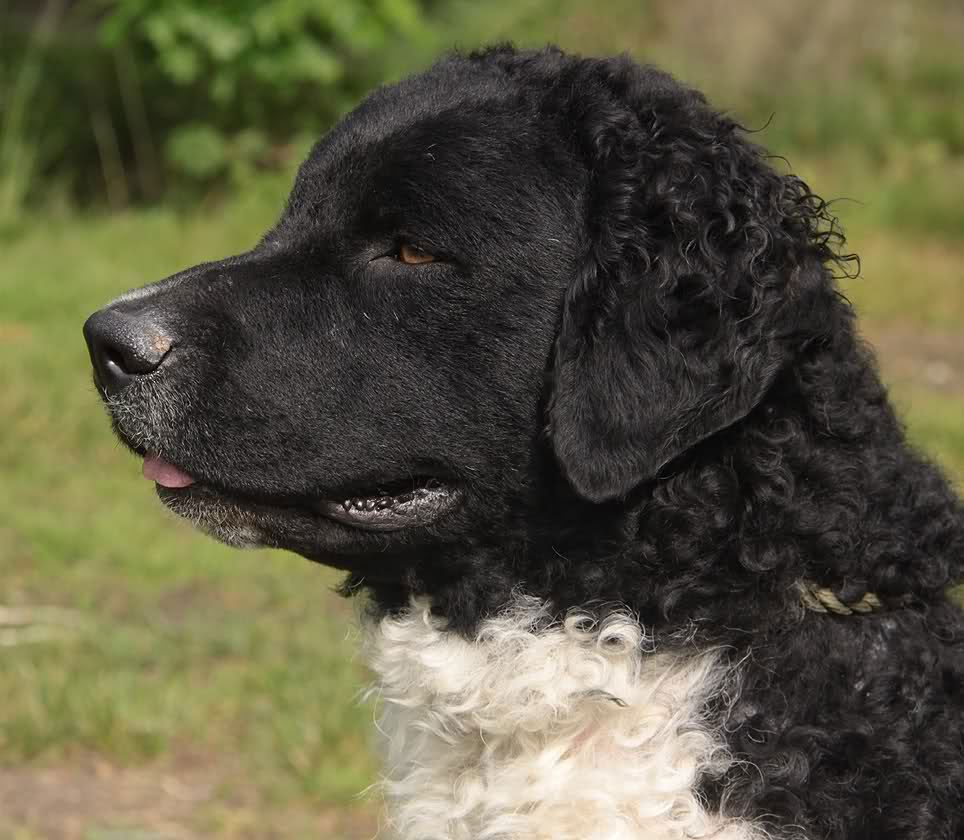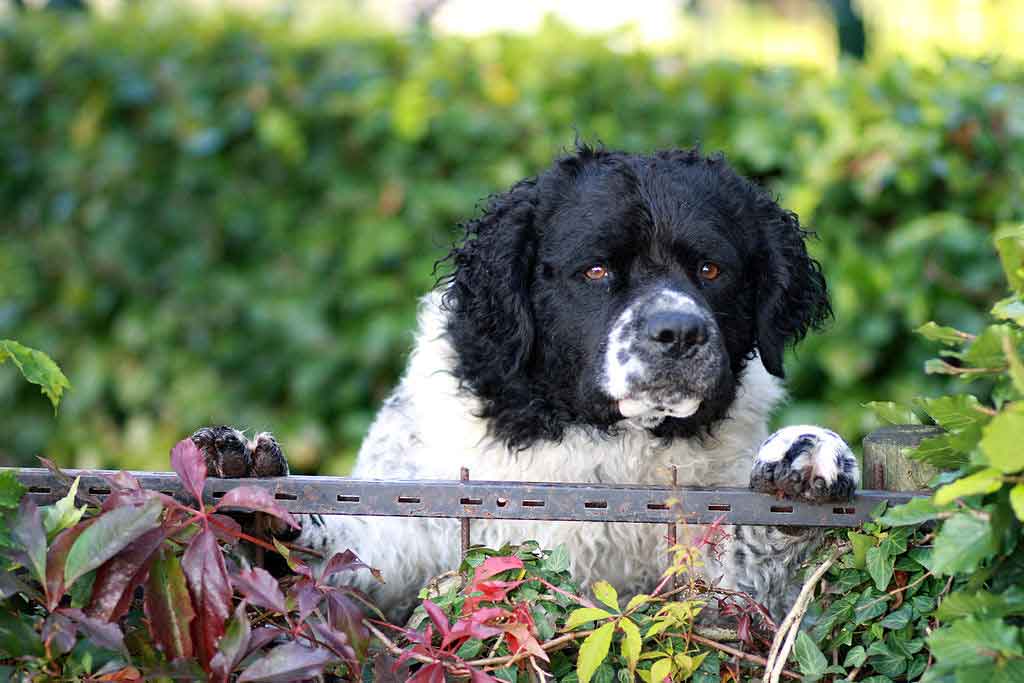Content |
|---|
Characteristics "Irish Water Spaniel"
Coexistence is important that you have with your new friend. Before considering the acquisition of a dog of the breed "Irish Water Spaniel" you know certain factors. Not all breeds of dogs are apt to live in an apartment, you must take into account his character, their need for exercise, their interaction with other pets, their care and if you have small children, their level of tolerance towards them.
Adaptation ⓘ3.0 out of 5 stars (based on 1 review)
|
friendly dog ⓘ3.0 out of 5 stars (based on 1 review)
|
hair loss ⓘ2.0 out of 5 stars (based on 1 review)
|
|---|---|---|
Affection level ⓘ3.0 out of 5 stars (based on 1 review)
|
Need for exercise ⓘ4.0 out of 5 stars (based on 1 review)
|
Social need ⓘ3.0 out of 5 stars (based on 1 review)
|
Home ⓘ3.0 out of 5 stars (based on 1 review)
|
Toilet ⓘ3.0 out of 5 stars (based on 1 review)
|
Friendly with strangers ⓘ2.0 out of 5 stars (based on 1 review)
|
barking ⓘ2.0 out of 5 stars (based on 1 review)
|
Health ⓘ4.0 out of 5 stars (based on 1 review)
|
Territorial ⓘ4.0 out of 5 stars (based on 1 review)
|
Cat friendly ⓘ3.0 out of 5 stars (based on 1 review)
|
Intelligence ⓘ4.0 out of 5 stars (based on 1 review)
|
Versatility ⓘ3.0 out of 5 stars (based on 1 review)
|
Child friendly ⓘ5.0 out of 5 stars (based on 1 review)
|
Surveillance ⓘ4.0 out of 5 stars (based on 1 review)
|
joy ⓘ4.0 out of 5 stars (based on 1 review)
|
History
The origin of the Irish Water Spaniel, but several texts mention that their ancestors would have accompanied the Celts a few years ago. 1000 years. More concretely, These 11th century texts mention a race similar to the Irish Water Spaniel, simply described as a dog used south of the River Shannon, In Ireland. But, although the characteristics of this ancestor are not documented in detail, experts agree that it was probably not a member of the family of the Spaniel. In fact, This mysterious ancestor is believed to be an ancient race of irish dog that contributed to the development of Irish Water Spaniel. This hypothesis is based on the fact that the Irish Water Spaniel has a very different tail than other breeds of Spaniels. In fact, unlike other representatives of the Spaniels family that have a rather bushy tail, the Irish Water Spaniel has a whip-shaped tail, also known as rat tail.
The other races of Spaniels they descend from Persian dogs imported to the Iberian Peninsula. They did not appear in France - where they were then called “espaigneuls“- until the twelfth century. But, only later did mentions of specific breeds appear in the literature, which explains the dog's somewhat hazy past.
The most popular theory about the origin of Irish Water Spaniel is that the Spaniels were imported to Ireland and mixed with other irish dogs, possibly even with the Portuguese Water Dog, the Poodle and the now extinct English water spaniel. Although this theory can be supported by the great resemblance between the Poodle and the Irish Water Spaniel, the latter's origins remain unclear, and we must be content with speculation, as there are no documents describing how the breed was created.
But, What is certain is that the Irish Water Spaniel It was developed mainly for duck hunting and is very happy bringing the game to its master, both on land and in the water: in this way, looks more like a Retriever that a Spaniel. They can even be used to replace certain hunting dogs in a pack., since they are able to point and take the game to its owner when necessary. It is these characteristics and the flexibility that make them so popular with hunters..
In the first half of the 19th century, a Dublin breeder named Justin McCarthy played an essential role in the development of the breed. Until then there were at least two distinct varieties of the breed, and he was able to combine them to create the Irish Water Spaniel as we know it today. It is known that one of his dogs, Boatswain (1834-1852), contributed greatly to the development of the breed by giving birth to a large number of offspring, and that several dogs of this line were champions in various dog shows.
The Irish Water Spaniel first appeared at dog shows in 1862 in Birmingham, England. For a long time, they were represented mainly by the descendants of the boatswains in these events. But, was not up 1899 when he entered the dog shows, still in england. The first breed club was founded in Ireland in 1890.
The Irish Water Spaniel was introduced in the United States in the decade of 1870. In 1877, in the first Westminster Kennel Club, the most famous dog show in the country, four representatives of the breed were presented to the public. The American Kennel Club (AKC) recognized the breed in 1884, but the United Kennel Club, the other American reference organization, waited until 1948 to do the same.
The Fédération Cynologique Internationale (FCI) It took even longer to recognize the Irish Water Spaniel until 1954.
Today, despite relative popularity with some hunters, the Irish Water Spaniel still not very widespread outside its country of origin, where it also remains quite marginal. These may include, ranks 150 of 190 in the AKC's ranking of America's most popular dog breeds, according to the number of records. In France, it's even weirder, Since the SCC (Société Centrale Canine) received less than 10 registration requests between 2010 and 2016. In Great Britain, the Kennel Club receives an average of one hundred a year: although it is much more consistent than in France, this figure is still quite modest.
Physical characteristics
The appearance of the Irish Water Spaniel it's quite unique. Although at first glance it may be mistaken for a Poodle Grand, its appearance is more robust than this, although it maintains an elegant silhouette. Its coat is also denser than that of the poodle and is made up of long, soft curls.; this is what protects them from water and helps them float. Its waterproof coat also allows it to face harsh climates and bad weather without flinching..
His head is rather broad and round, and ends with a rather square muzzle, strong looking, covered in short hairs. The ears are large, are set high on the skull and fall back on the head with abundant curls. The eyes are small, brown and almond-shaped.
The neck is strong and wide, though it's hidden under a thick layer of hair. The chest is also wide and deep, followed by a slimmer waist, characteristic of active breeds. His well-developed musculature and strong bones make him a fairly robust looking dog..
Its feet are webbed, which gives them a natural facility to swim, which makes the Irish Water Spaniel in one of the best races for swimming.
The tail is also unique and clearly distinguishes the Irish Water Spaniel other Water Dogs. It's shorter, straighter and has a very short coat (or is he almost naked), unlike other breeds of Water Dogs, they all have bushy tails. This explains why the Irish Water Spaniel is sometimes known as “Duck tail spaniel” or “Whip-tailed spaniel”. Although this anatomical feature sometimes makes you smile, makes the Irish Water Spaniel be a better swimmer than others Water Dogs.
Last, the fur of the Irish Water Spaniel is lustrous and is made up of dense curls, with a lot of plumage. They are often called “the clown of the family of the Water Dogs“, not only for his playful personality, but also because of the longer curly hair they have on their heads, which often gives them the appearance of having a tuft on the top of the head, much like a clown wig. The coat is always reddish brown with chocolate tones.
▷ Male size: 55 – 61 cm.
▷ female size: 53 – 59 cm..
▷ Male weight: 25 – 31 kg
▷ female weight: 20 – 27 kg
Character and skills
The Irish Water Spaniel is sometimes described as a dog with a difficult character, and probably for this reason it has never been especially sought after as a companion dog, despite its qualities. In fact, it is a dog developed for hunting: It, Therefore, decided to, Intelligent, Active, playful and energetic. This mix can sometimes lead to stubborn or mischievous behavior.. Even when they compete, their playful personality is often imposed and leads them to turn any activity into a game, causing some headaches for your coach. In general, not a breed of dog suitable for a beginner: on the contrary, needs an experienced master, able to give you a constant and structured education.
But, the Irish Water Spaniel it is a perfect companion dog if it is well socialized and trained, and can get enough exercise. Devoted to his master and his family, will do anything to please them, although sometimes this can lead to unwanted mischievous behavior or wanting to play when it's not the time. By the way, although he is devoted to his whole family, it's not uncommon for him to show a preference for a particular member, with whom you have a special affinity.
Able to easily adapt to all situations and conditions, the Irish Water Spaniel he is delighted to accompany his master in many activities, and can excel not only in hunting, but also in water activities or dog competitions, like the exhibitions. In effect, is agile, hardworking and has a good nose. It also, is naturally happy and balanced, as well as loyal and obedient. With a real propensity to turn any activity into a game, they usually feel great pleasure when doing them, whatever they are.
The Irish Water Spaniel he is one of the best swimmers and loves the water. You have to watch them when they are in the water, as they jump in at the first opportunity and enjoy swimming so much that it can be difficult to get them out. Having said that, swimming is a good way to satisfy your need to expend energy. But, even if you are familiar with the water and swim very well, it is important to keep an eye on him to ensure his safety, as with a child.
The Irish Water Spaniel does not bark much, and generally reserves its impressive barks for situations where you need to warn your family of immediate danger. So, he is quite calm and makes an excellent watchdog, as he is naturally suspicious of strangers. Having said that, his lack of trust with strangers should not be confused with shyness, although he is rarely aggressive towards them: is content to advise. Even when hunting, just bark a little, having the peculiarity of being speechless about hunting, which makes him a good pointer.
The Irish Water Spaniel they tend to get along very well with other dogs and pets. The same goes for children. Whoever your partner is, can spend hours playing with it without getting tired, especially when it comes to looking for the ball.
It must be said that it is a very resistant and lively breed of dog, making it unsuitable for apartment living. You need at least one garden where you can stretch your legs, and it is even better if the garden has a pool. But, a small garden is not enough to satisfy their need for exercise and balance: needs at least an hour of daily running and some walks, as well as swimming regularly.
In fact, it is essential that he can expend his energy to be a calm and obedient dog once home. Otherwise, the owner should expect destructive behavior from the dog. In fact, it is a recommended breed of dog for an athletic master, not a dog recommended for an elderly or sedentary person.
Starting at 9 or 10 weeks of age, it is recommended to give them 15 to 20 minutes of play in the morning and in the evening, in addition to socializing and doing other exercises. As is still the case for an adult, loves to play fetch or chase a frisbee. But, while waiting for your body to develop and gain muscle, it is better to prevent him from running with his master and, on the other hand, be content with training him to walk a distance of less than one kilometer. You can gradually increase the intensity of your dog's activities and the distances traveled, but you should not rush: too much exercise at a young age can affect your bones and joints, with repercussions for the rest of his life. Once adult, it is possible to run with your dog, but it is advisable to stick to reasonable distances and durations: due to risk of dysplasia, not a dog made to run marathons.
Education
The Irish Water Spaniel it is not a recommended dog for a first adoption. In fact, although it is quite easy to train because he likes to please his master, sometimes has an independent character that pushes him to want to act according to his own will. This is especially true of young males., who are very prone to testing the limits of their master. So, it is necessary to know how to show your dog who the master is, establish firm limits and a structured discipline framework with clear and consistent rules. In effect, This dog is known to take advantage of his master at the slightest inconsistency., or if you lack confidence. The fact that they are energetic and need a good amount of daily exercise also contributes to their being a demanding breed..
But, although sometimes they can be stubborn and independent, the Irish Water Spaniel it is usually easy to train. Being one of the most intelligent dog breeds, learn many commands with ease and excel at dog sports. When properly trained, are perfectly capable of performing very specific tasks, both in leisure and in obedience, agility and even dog shows. But, you need to deal with his mischievous nature: the more he learns, Plus you can turn your new abilities into games or mischief of any kind. In fact, it is clear that he has an overflowing imagination.
The Irish Water Spaniel responds better to dog training techniques based on positive reinforcement and rewards. They benefit from being coached by a patient teacher who does not raise his voice, at the risk of awakening their stubborn side and encouraging them to decide to do things their own way. That is why it is important to vary the activities during the educational sessions., to keep your interest and prevent you from starting to do things your way.
Last, the socialization of Irish Water Spaniel is an important aspect of your education. He is extremely suspicious of strangers, although this should not be confused with shyness. The younger you are exposed to a variety of situations, the more comfortable you will be with strangers and will be able to recognize real danger, how not to confuse the postman's visit with a possible intruder. Schools for puppies (puppy socialization classes) they are an interesting option, but it can also be as simple as taking the puppy out in public and visiting the neighborhood. Whatever happens, will always be attentive, so it is the various socialization activities in your training that should help you differentiate between what is a normal part of your life and what is abnormal and should alert your family.
Health
The Irish Water Spaniel they are generally in good health and their fur makes them particularly resistant to bad weather.
But, are prone to various diseases:
▷ waterfalls: unlike other dog breeds, in which they are generally due to aging, cataracts are most often hereditary in theIrish Water Spaniel, and they can appear from the age of five.
follicular dysplasia ;
▷ Hip Dysplasia: it is very common in this breed, and appears to be genetic rather than due to joint wear and tear.
▷ Dental malocclusion: this deformation makes the lower jaw more pronounced, which often causes the lower teeth to pop out of the mouth. Although this can be treated with plastic surgery, it is usually recommended to simply remove the teeth that prevent the mouth from closing normally.
Progressive retinal atrophy (ARP);
▷ Von Willebrand disease;
▷ Hypothyroidism in dogs.
It also, it is known that the Irish Water Spaniel have allergic reactions to vaccines given to dogs. So, it is important to monitor him during the hours following the vaccination, to react as quickly as possible in case of swelling of the face, lethargy, sharp pain around the injection site, etc. This risk should not be taken lightly, because very serious reactions can lead to the death of the dog.
In addition to this risk linked to vaccines, the Irish Water Spaniel may be sensitive to dewormers and certain dog antibiotics. So, it is necessary to choose a veterinarian who knows well the specificities of this breed, starting with drugs that can cause an allergic reaction in the dog.
Last, like any breed of dog with hanging ears, have a higher risk of ear infections.
Since many of these diseases are genetic and, Therefore, hereditary, it is important to check, when adopting an Irish spaniel, that comes from a line in which these health problems are rare.
Life expectancy
12 to 13 years
Grooming
The dense fur of the Irish Water Spaniel requires regular care to avoid hair build-up. In particular, dead hair must be removed with a natural hair comb two or three times a week, which also helps distribute natural oils and prevent dirt build-up, that the density of its coat makes it retain especially quickly.
It is important to get your dog used to brushing relatively early, why start brushing your dog as an adult, when it is fully active and its coat is a little longer, it can be a real challenge if it is a new experience for him.
It also, Your dog's coat should generally be trimmed every two months to maintain a healthy appearance.
It is also important to regularly bathe your dog or allow him to expose his coat to water.. The Water Dogs secrete large amounts of natural oils that help protect their coat from water, and regular bathing keeps their coat healthy by preventing too much oil and dirt from accumulating.
By the way, the Irish Water Spaniel is considered a breed of dog hypoallergenic, since it changes very little. But, it is important to remember that no race is 100% hypoallergenic: if you are allergic to dogs, it is better that you do some tests before adopting your new partner.
Last, like any breed of dog with hanging ears, the Irish Water Spaniel have an increased risk of ear infections, since their ears are poorly ventilated and tend to accumulate a lot of wax. Thus, it is important to examine your dog's ears weekly and clean the accumulated wax with a product designed for it. This weekly exam is also a good opportunity to examine the dog's nails to make sure they are not too long.; if they are, must be trimmed.
Food
They are recommended between 180 and 310 grams of quality active dry food per day for the Irish Water Spaniel, and should be divided into two meals (one in the morning and one at night).
But, as it is a breed of dog that gets fat quickly, but which also has a great need for quality energy sources, the vet can give good advice to help you choose the right type of food for your dog, and adjust the amount based on your activity level.
Utility
The Irish Water Spaniel traditionally used as a hunting dog for waterfowl. They have an excellent sense of smell. So, he is an experienced hunter who feels very comfortable in the water, but can be easily adapted to most shooting disciplines. When looking for the hunt, often stands still, but it can also bring her back. It is even capable of pulling its prey out and chasing it through thick and tight bushes..
Due to its natural ease in the water, the Irish Water Spaniel also used as a rescue dog at sea.
Last, although they are not well known for this feature and are not commonly used in this context, the Irish Water Spaniel has all the qualities of an ideal companion dog.
Price
The Irish Water Spaniel it is a very rare breed in France, Belgium and Switzerland, so it is difficult to determine the market price of a puppy of this breed.
In other places, either in the United States or in England, for example, the average price of a puppy of Irish Water Spaniel varies between the 700 and 800 EUR, without great differences between males and females.
Images "Irish Water Spaniel"
Photos:
1 – “Irish Water Spaniel” by And Iggers – Flickr
2 – “Irish Water Spaniel” by Canarian, CC BY-SA 4.0, via Wikimedia Commons
3 – “Irish Water Spaniel” by anataman – Flickr
4 – “Irish Water Spaniel” “Duke” by Diane – Flickr
5 – “8 Week old Irish Water Spaniel puppy, Fergus” by Tom Stratton – Flickr
6 – “Irish Water Spaniel” by ccho – Flickr
Videos "Irish Water Spaniel"
Type and recognitions:
- FCI CLASSIFICATION:
- Group 8: Retrievers - Flushing Dogs - Water Dogs
- Section 3: Water Dogs. .
Federations:
- – FCI – Group 8: Retrievers - Flushing Dogs - Water Dogs – Section 3: Water Dogs ⓘ
- – AKC – Sporting ⓘ
- – ANKC – Group 3 (Gundogs) ⓘ
- – CKC – Sporting Dogs ⓘ
- – KC – Gundog ⓘ
- – NZKC – Gundog ⓘ
- – UKC – Gun Dogs ⓘ
FCI breed standard "Irish Water Spaniel"
Alternative names:
1. Whiptail, Shannon Spaniel, Rat Tail Spaniel, Bog Dog, (Irish: An Spáinnéar Uisce) (English).
2. Chien d’eau irlandais (French).
3. Irish Water Spaniel (German).
4. (em inglês: Irish water spaniel) (Portuguese).
5. Spaniel de Agua Irlandés, Irish Water Spaniel (español).
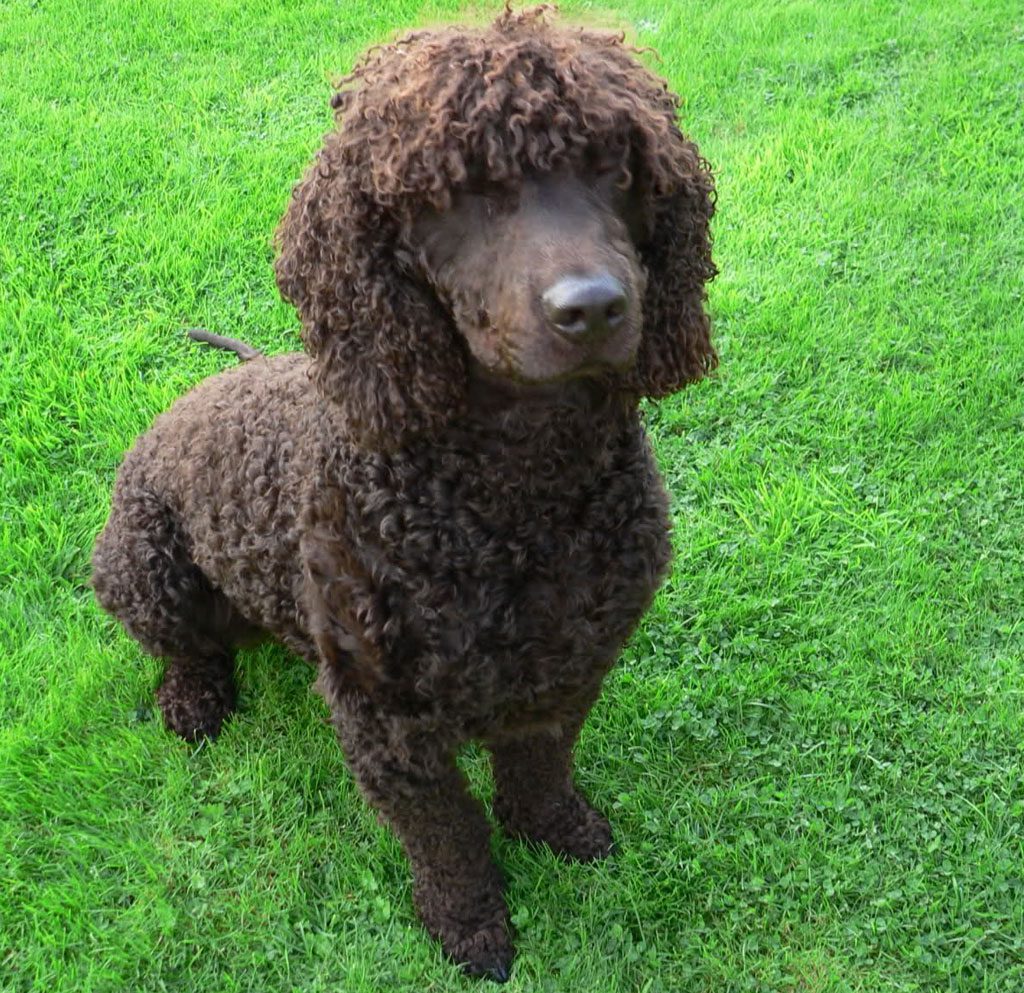
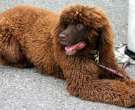
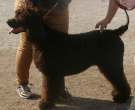
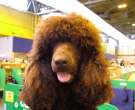
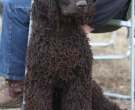
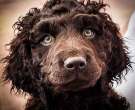
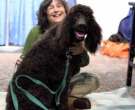
 Dog Breed Video: Whiptail
Dog Breed Video: Whiptail The Irish Water Spaniel – Bests of Breed
The Irish Water Spaniel – Bests of Breed Irish Water Spaniel / Breed of dog
Irish Water Spaniel / Breed of dog Whiptail – AKC Dog Breed Series
Whiptail – AKC Dog Breed Series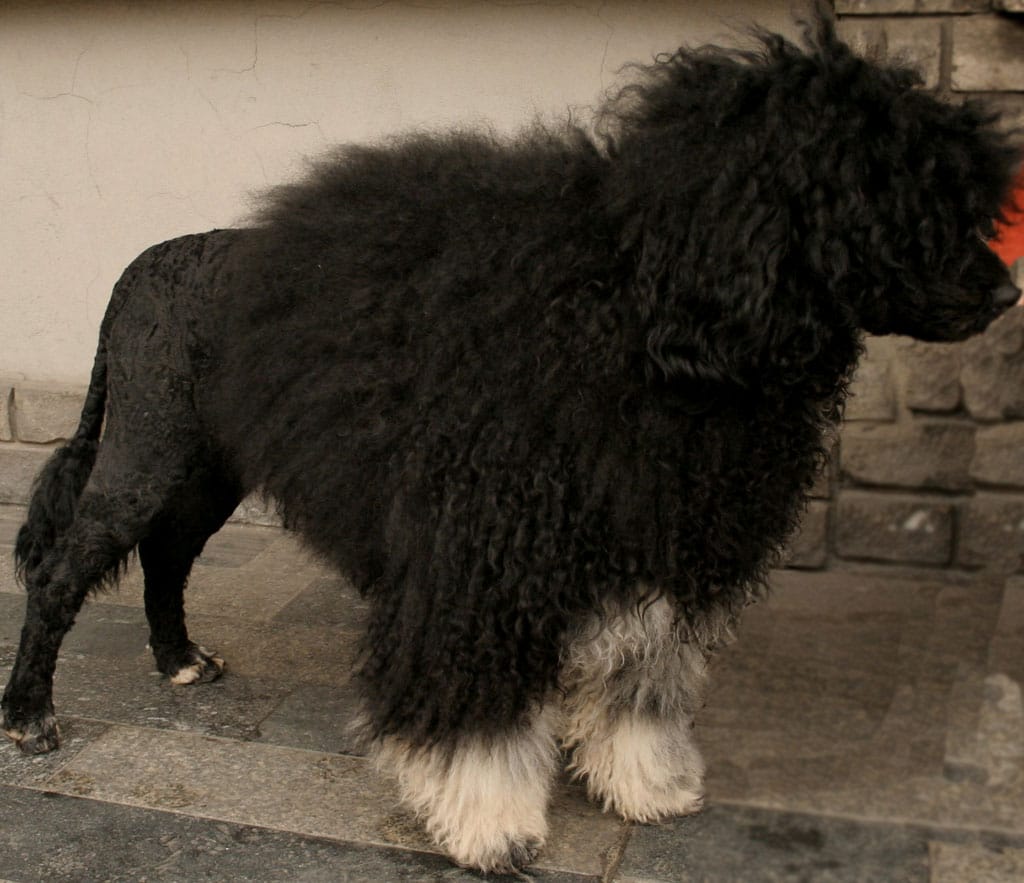
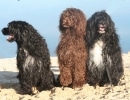
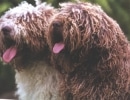
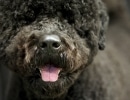
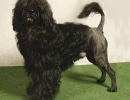
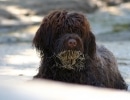
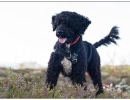
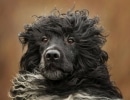
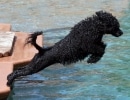

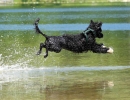

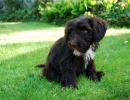
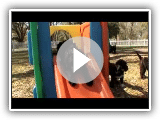 Dogs 101 ~ Portuguese Water Dog
Dogs 101 ~ Portuguese Water Dog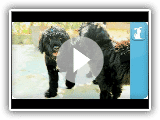 Portuguese Water Dog – Puppy Love
Portuguese Water Dog – Puppy Love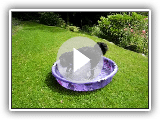 Scout the Portuguese Water Dog
Scout the Portuguese Water Dog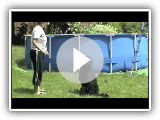 Portuguese Water Dog Splash, Cao de Agua Portugues
Portuguese Water Dog Splash, Cao de Agua Portugues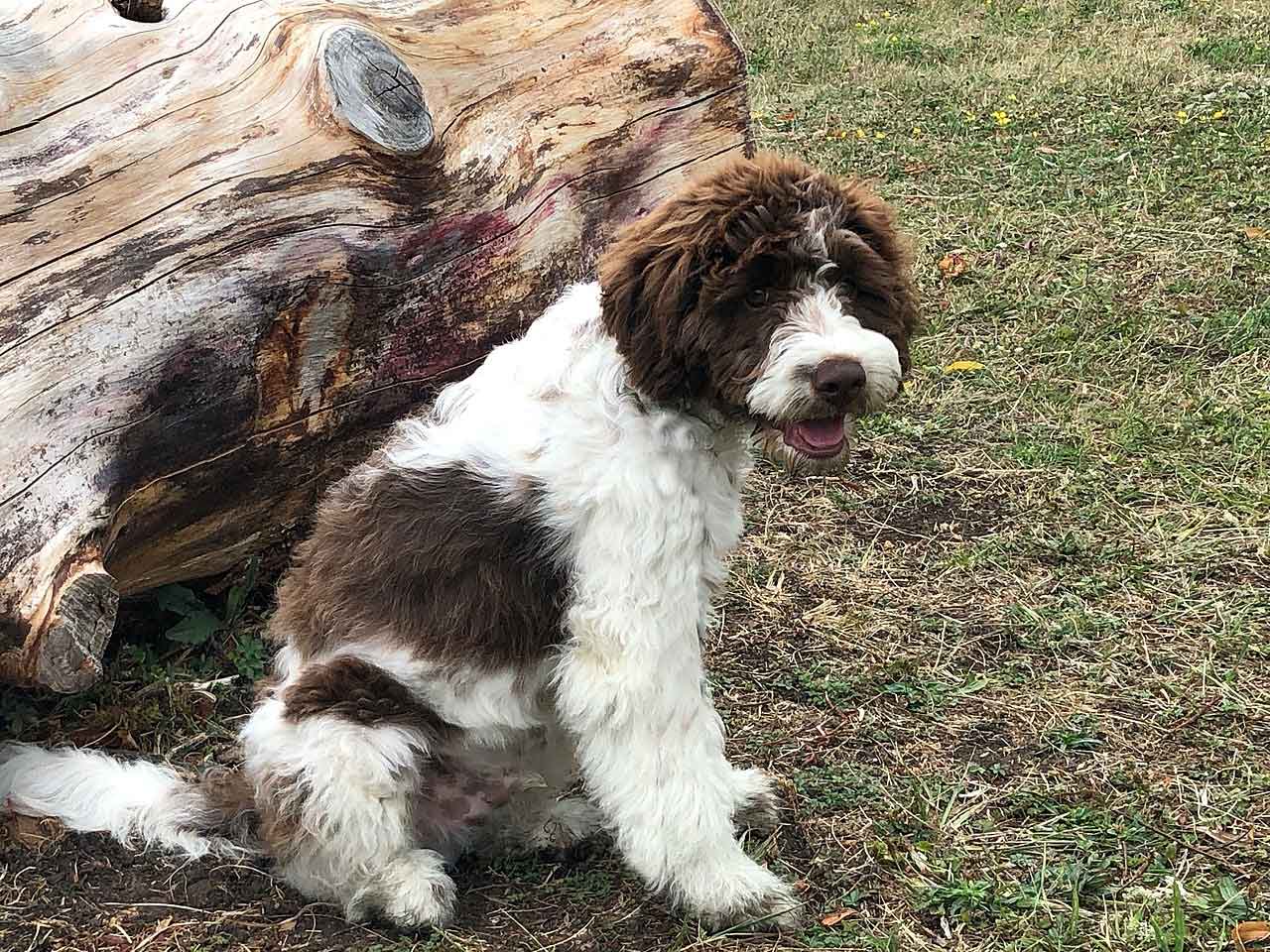
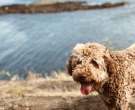
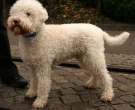
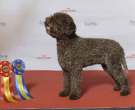
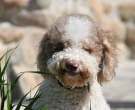
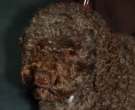
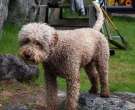
 Lagotto Romagnolo - Dog Breed / Dog Breed
Lagotto Romagnolo - Dog Breed / Dog Breed Obedience with Ernest Lagotto Romagnolo HD Quality!
Obedience with Ernest Lagotto Romagnolo HD Quality! Nora's first love (Lagotto Romagnolo)
Nora's first love (Lagotto Romagnolo) Dog Breed Video: Lagotto Romagnolo
Dog Breed Video: Lagotto Romagnolo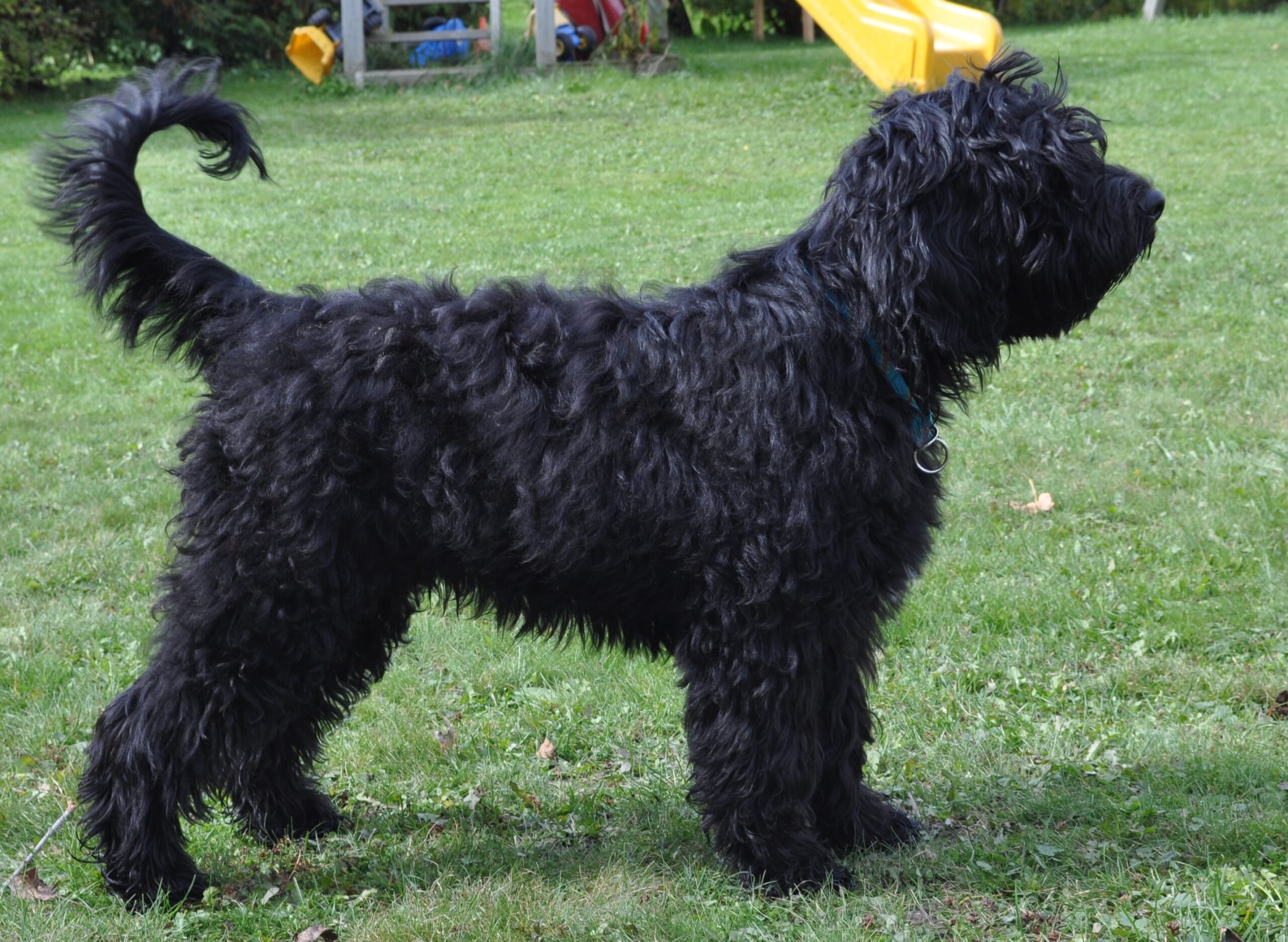
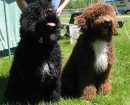
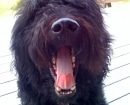
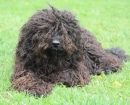
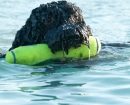
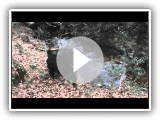 Barbet dogs in the New Forest.
Barbet dogs in the New Forest.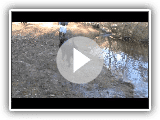 Barbet (French water dog) retrieving from water.
Barbet (French water dog) retrieving from water.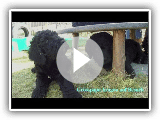 3 Barbet Generationen
3 Barbet Generationen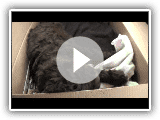 Charlie a French Barbet going Dutch!
Charlie a French Barbet going Dutch!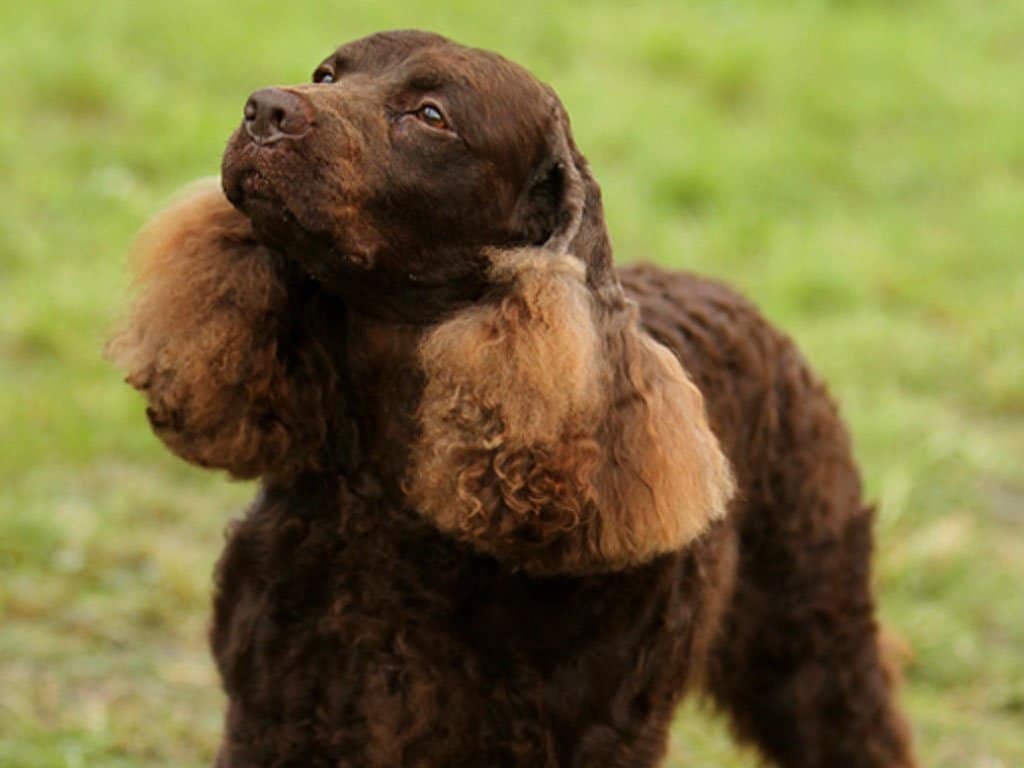
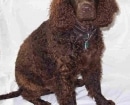

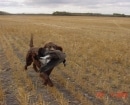
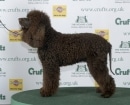
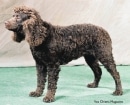
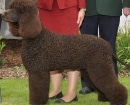
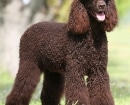

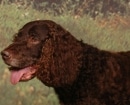

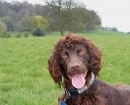

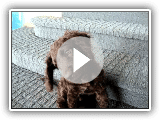 Bella the puppy
Bella the puppy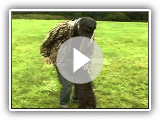 The American Water Spaniel – Chapter 1
The American Water Spaniel – Chapter 1 American Water Spaniel Puppies
American Water Spaniel Puppies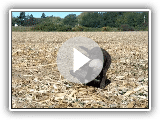 My American Water Spaniel Lily retrieving a Canada goose
My American Water Spaniel Lily retrieving a Canada goose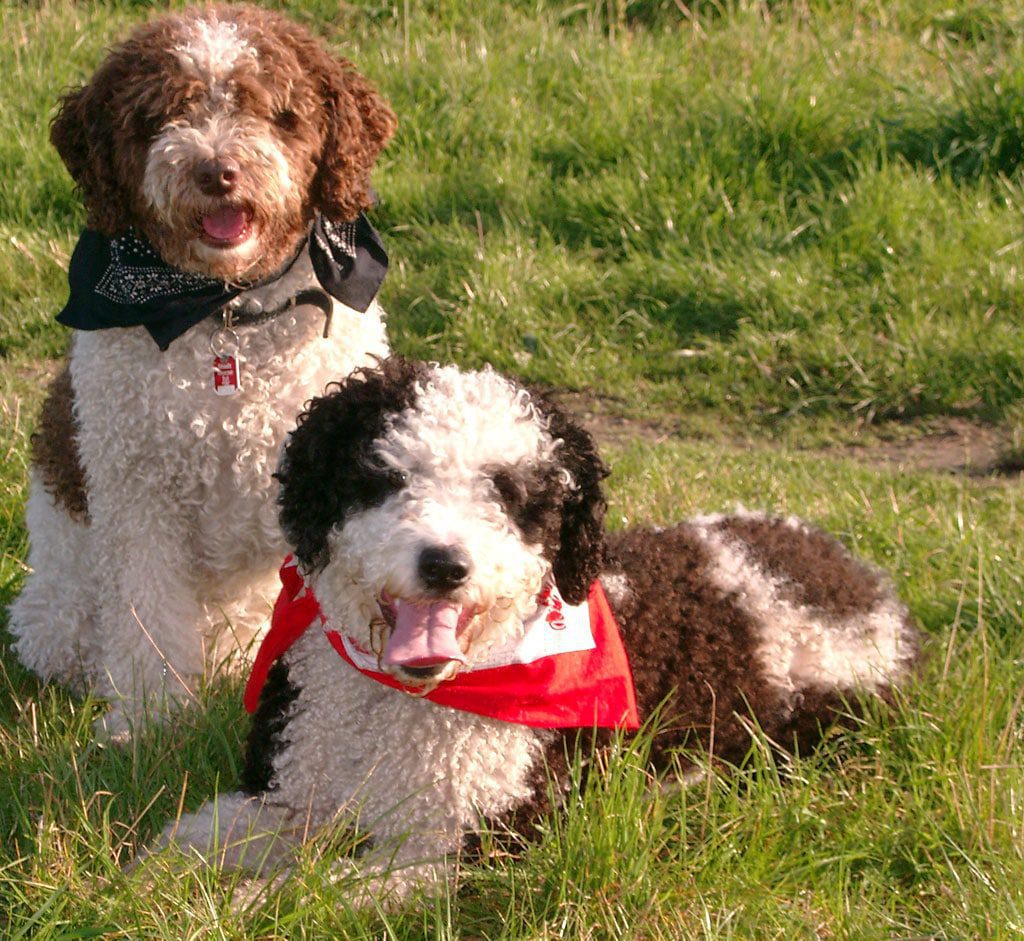
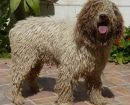
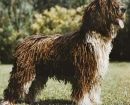
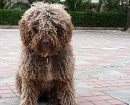
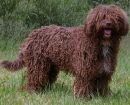
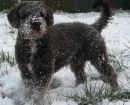
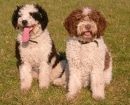
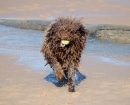
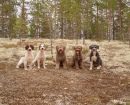
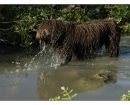
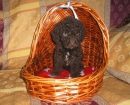
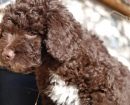
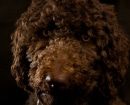
 The Spanish or Turkish Andalusian Spaniel from TVE
The Spanish or Turkish Andalusian Spaniel from TVE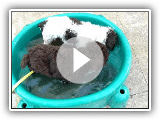 Enchanted with water water dog puppies. theradana
Enchanted with water water dog puppies. theradana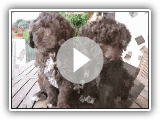 Spanish Water Dog (the intelligence of the race)
Spanish Water Dog (the intelligence of the race)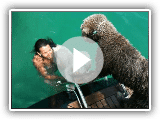 Summer 2010, NIna, Tana and I
Summer 2010, NIna, Tana and I